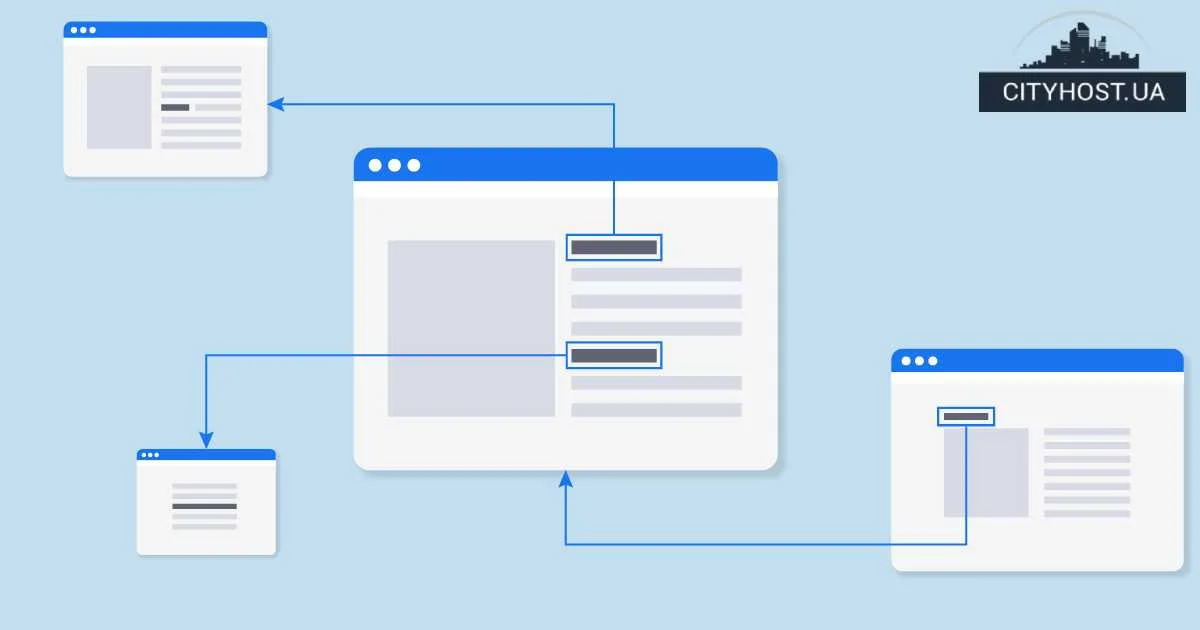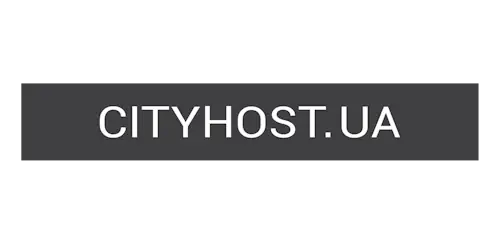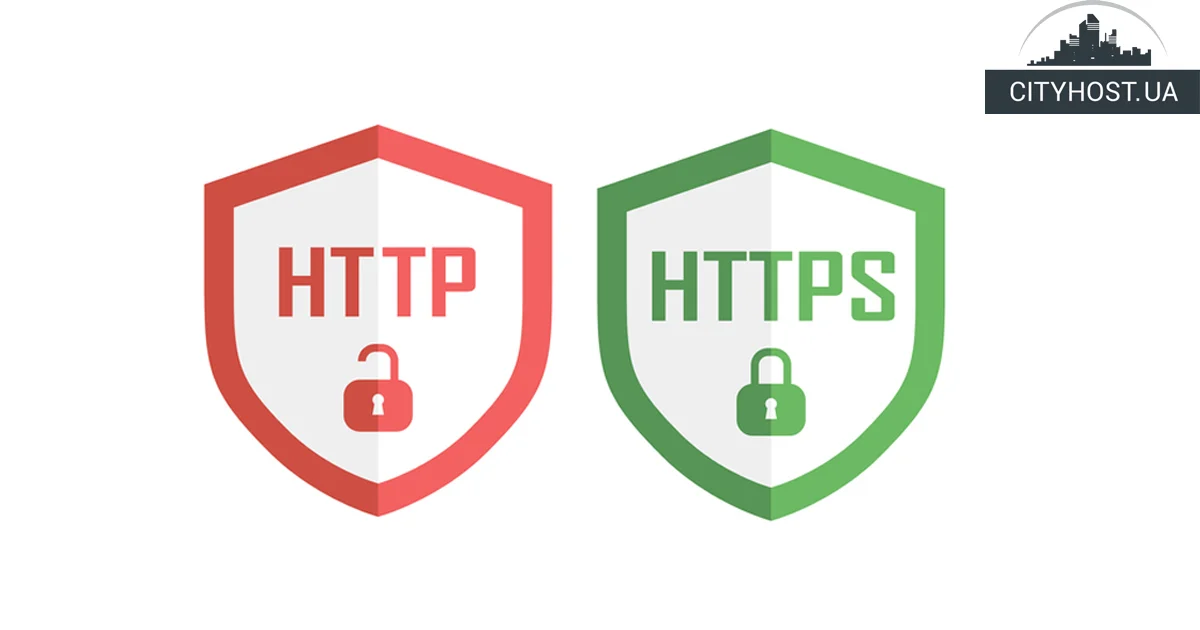
Outbound links are links that lead from one website to another. They are often added to web pages as part of a reciprocal link exchange strategy, where you link to a blog, web service, or online store, and they link back to your online resource.
At first glance, such a strategy seems to have no downsides — you build up your link mass without spending a cent. But in reality, it’s not that simple. The impact of a site's backlinks is significant, and by adding them to your blog or online store, you give away part of the page’s weight to the web resource you’re linking to. As a result, a link-building strategy based on reciprocal linking can start to harm your site's promotion instead of helping it.
Note! Websites that load instantly have a better chance of reaching the top positions in Google and Bing search results. If you plan to develop an online store, marketplace, or news portal, consider renting a dedicated or virtual server at Cityhost. Our system administrators install the OS and all software needed for the site to operate for free: even if this is your first time purchasing this type of hosting — there’s nothing to worry about.
An important rule to remember if you plan to promote your website on your own: try to place a minimum of outgoing links and get as many incoming links as possible.
How to Find Outbound Links
To find outgoing links on a website, SEO specialists use the following tools:
- Screaming Frog SEO Spider. Software for Windows, macOS, and Ubuntu. There is a free version with a limit of 500 scanned pages. An annual license for the full version costs £199.
- Netpeak Spider. SEO software for Windows with a free 14-day trial period. A monthly subscription costs $20, and an annual one — $193.
- Ahrefs. An online tool for website analysis and promotion. It offers a limited free version and various paid plans ranging from $129 to $449 per month.
- SimilarWeb. A service that analyzes traffic for any website in the world and also offers a range of other features, including external link tracking. Access to the tools starts at $199 per month.
- Xenu's Link Sleuth. A free program for Windows that, despite its outdated design, has powerful functionality. In addition to finding broken links, it can also detect backlinks.
Next, let's look at the method of finding outbound links from a website using the Netpeak Spider program:
- Enter the website address in the “Initial URL” field and click “Start”.
- Wait for the scan to complete and go to the “All Results” tab.
- Find the “External Links” column and click on its name. Then sort the pages from those with the most outbound links to those with none.
- Double-click the number indicating the count of backlinks.
- In the window that opens, you will see the external links found in the code of the selected page.
As you can see, finding external links using Netpeak Spider takes just a couple of clicks, even without technical knowledge or skills. This search method works on all the above-mentioned services.
How to Remove Outbound Links from a Website
Once the pages with external links are found, take the following steps:
- Delete the outgoing URLs if this does not make the content less useful.
- If there are external links on the pages that are important for the site, prevent the transfer of internal weight through them using the `rel="nofollow"` attribute. To do this, add it at the end of the `a href` tag structure:
<a href="https://example.com/" rel="nofollow">Anchor of the outgoing link</a>
- If, for some reason, you need to keep the weight transfer on the external link, use the `target="_blank"` attribute so the link opens in a new tab:
<a href="https://example.com/" target="_blank">Anchor of the outgoing link</a>
This way, when a user clicks on the external URL, the page of your web resource will remain open, and the likelihood of the visitor returning increases.
Now you know how to find outbound links and easily remove them. By minimizing the number of external links on your site — or at least closing them properly — you’ll start building your own link mass instead of giving it away to competitors. And by following our other recommendations for optimizing your online resource, such as properly creating the site structure and optimizing images, you will accelerate its movement toward the coveted first position in search engine results.
Was this post informative? Then share it on social media and join our Telegram channel. A reminder: you can purchase Ukrainian hosting from Cityhost. For technical questions, contact us via online chat or by phone ☎️ 0 800 219 220.








